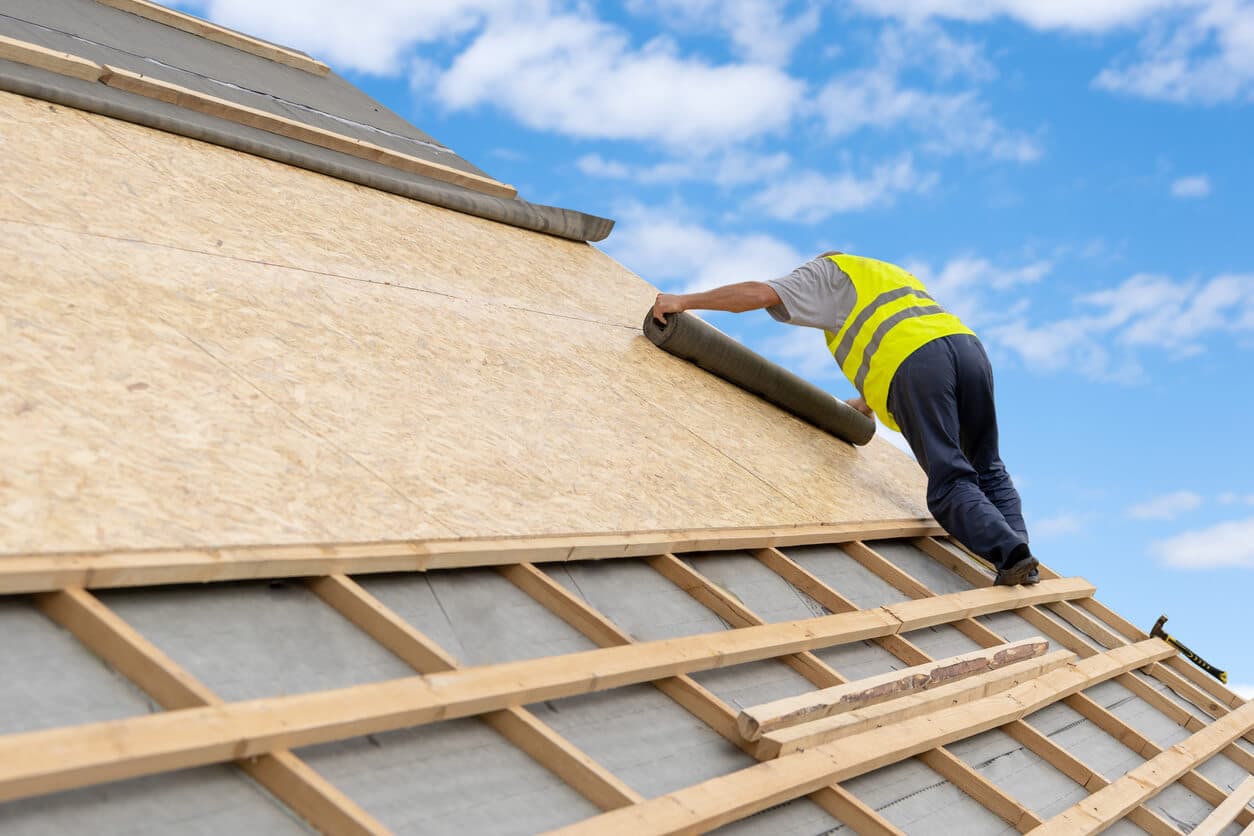
You’re sipping coffee on a quiet Saturday morning when you spot it: a water stain spreading across your ceiling. Your stomach drops. Is it just a small leak? Or the start of something bigger?
Like many Atlanta homeowners, you’re not sure who to trust or what to expect. You’ve heard the horror stories: pushy roofers recommending full replacements when a simple repair would do, vague estimates that balloon mid-project, and warranties that disappear when you need them most.
You just want honest answers, not a sales pitch.
At Mr. Roofer, we understand the stress of facing a major home repair. That’s why we take a different approach rooted in transparency, repair-first thinking, and decades of local experience. Whether you’re dealing with storm damage, aging shingles, or a sudden leak, we’re here to help you make an informed, confident decision without pressure, confusion, or guesswork.
This guide will walk you through what really goes into a roof replacement estimate in Metro Atlanta, so you can spot red flags, avoid unnecessary costs, and protect your home with peace of mind.
Do You Really Need a New Roof? Or Just a Repair?
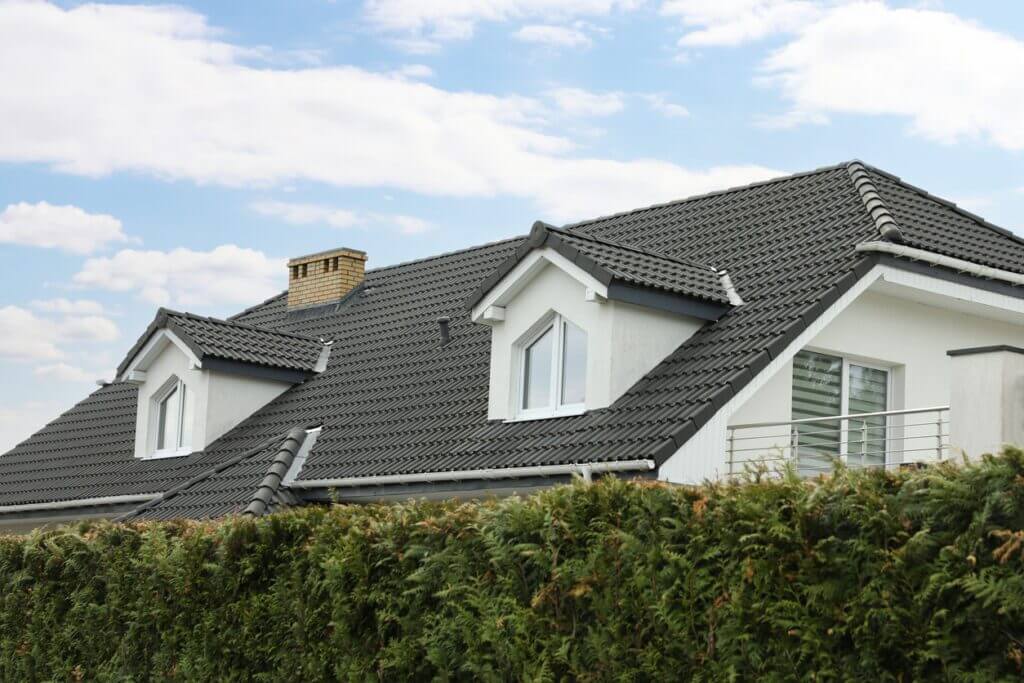
Roof issues can feel overwhelming, especially when you’re unsure whether you’re facing a small repair or a full-blown replacement. In metro Atlanta, where heavy rains and sun exposure take a toll on roofing materials, it’s easy to mistake wear and tear for catastrophic failure. Before jumping into a costly replacement, here’s how to tell what your home really needs.
Signs You May Need a Repair
Not every leak or shingle issue is a death sentence for your roof. In many cases, targeted repairs can restore performance, prevent further damage, and save you thousands.
- Localized leaks: A single wet spot on your ceiling might point to a flashing issue, not a failed roof.
- Missing or curled shingles: These can often be replaced without touching the rest of the roof.
- Small areas of damage after a storm: Wind uplift or falling debris might have caused isolated problems.
- Aging roof, but no widespread damage: If your roof is getting older but has no structural issues, a repair can stretch its lifespan.
Why 70% of Mr. Roofer’s Jobs Are Repairs, Not Full Replacements
At Mr. Roofer, we believe in giving honest assessments, not scare tactics. That’s why over 70% of the roofing jobs we complete are repairs, not replacements. We take time to inspect your roof thoroughly, explain what we find, and walk you through your options. If a repair will get the job done safely and effectively, that’s what we’ll recommend.
When a New Roof Is Unavoidable
Sometimes, a roof truly has reached the end of the road, and repairs would only delay the inevitable. In these situations, a full replacement is the safest and most cost-effective route forward.
Widespread Water Damage
If water has infiltrated large portions of the attic or insulation, mold and structural damage may be developing out of sight. Repairs won’t solve systemic water intrusion.
Major Decking Rot
When the wooden decking beneath your shingles is soft, sagging, or rotting, it compromises the entire roof structure. This can’t be patched up. A full rebuild is necessary.
End of Lifespan for Shingles or Cedar Shake
Asphalt shingles typically last 15-30 years in Atlanta’s climate, while cedar shake may last 20-40. If your materials have aged out and are cracking, crumbling, or balding, it’s time for a fresh start.
What’s Included in a Roof Replacement Estimate
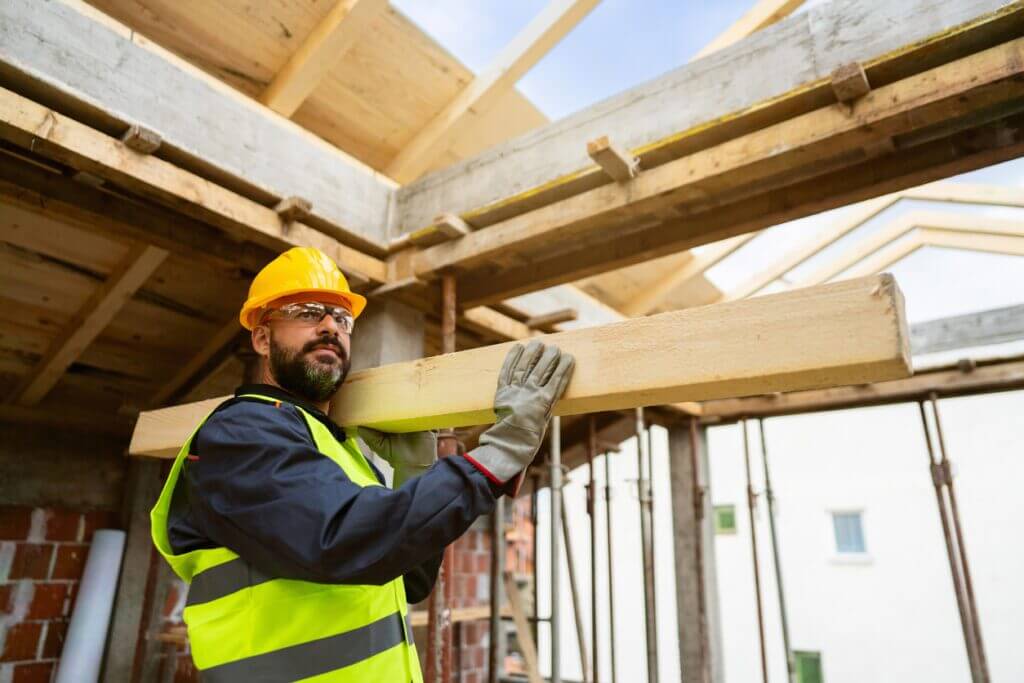
A roof replacement is a significant investment, and one that shouldn’t come with vague pricing or hidden costs. At Mr. Roofer, we believe in breaking down your estimate clearly so you know exactly what you’re paying for and why. Here’s what a thorough, honest roof replacement estimate should include:
Full Tear-off and Disposal
Before anything new is installed, the old materials have to go. This includes tearing off existing shingles, underlayment, and damaged flashing. Proper disposal is also part of the estimate, ensuring your property stays clean, safe, and code-compliant. Be wary of quotes that don’t include debris removal; surprise dumpster fees can add hundreds of dollars.
New Underlayment and Flashing
Beneath your shingles lies the real waterproofing layer, your underlayment. A proper roof replacement estimate will include replacing it with high-quality synthetic or felt material, along with new flashing around valleys, chimneys, and vents. These components are critical to keeping leaks at bay, especially in Atlanta’s rainy climate.
Shingle or Roofing Material Cost
This is typically the most visible line item on your estimate. Whether you’re choosing architectural asphalt shingles, cedar shake, or designer composite options, your quote should clearly show the cost per square (100 sq ft) and total material expense. Quality matters here. Cheap materials may look good at first, but fail quickly.
Ventilation and Ridge System
Proper attic ventilation isn’t optional. It’s essential. A quality roofing replacement estimate will include the cost of ridge vents, soffit vents, or other ventilation solutions to prevent heat buildup, reduce moisture, and extend your roof’s lifespan. A good contractor ensures these systems are balanced and code-compliant.
Labor, Warranty, and Permitting
Finally, your estimate should detail labor costs, the scope of work, and local permitting fees. Look for clear warranty information as well, both from the manufacturer (on materials) and the installer (on workmanship). At Mr. Roofer, we stand by our work with warranties you can trust and labor performed by experienced crews, not subcontracted mystery teams.
Roofing Materials & Their Impact on Your Estimate
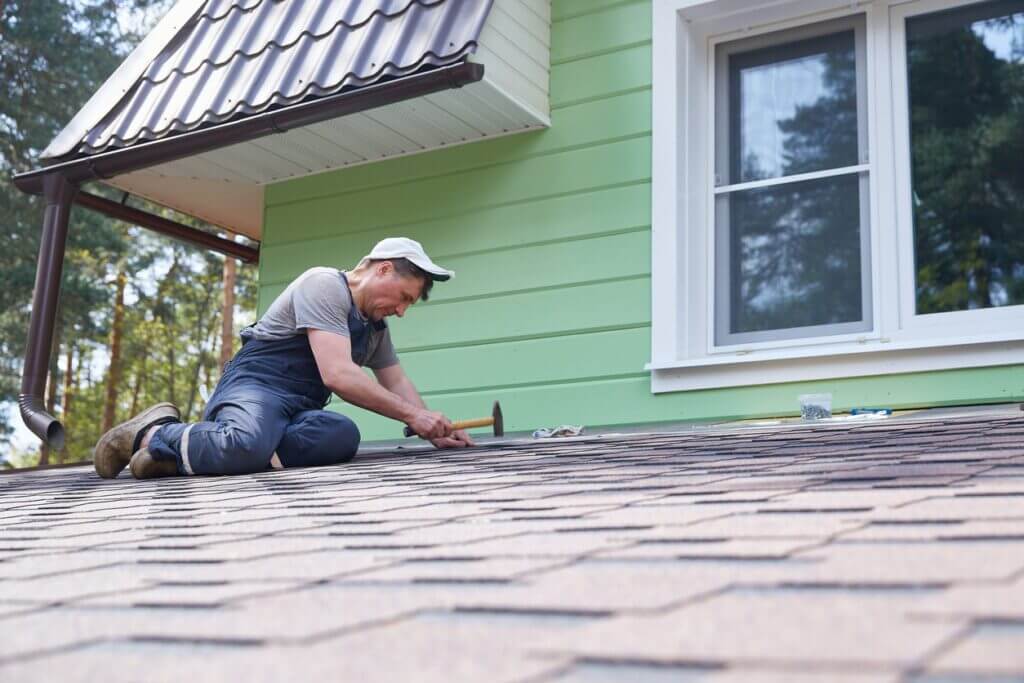
Not all roofing materials are created equal, and the one you choose will have a big impact on your project’s total cost, durability, and curb appeal. Whether you’re upgrading for looks, longevity, or value, understanding your options is key to making a confident decision.
Overview of Common Materials
Architectural Shingles
Also known as dimensional shingles, these are a step above basic 3-tab varieties. They offer improved durability, better wind resistance (great for Georgia storms), and a more dimensional, upscale look. They’re a solid mid-range option in terms of cost and lifespan, usually lasting 20-30 years.
Synthetic or Composite Roofing
Made from engineered materials like polymer blends or recycled content, synthetic roofing mimics the look of slate or cedar shake without the weight or maintenance. It’s lightweight, highly durable, and resistant to mold, algae, and UV damage. However, it comes at a higher upfront cost.
Cedar Shake (Premium Tier)
For homeowners seeking natural beauty and high-end appeal, cedar shake delivers. These hand-split wood shingles offer stunning aesthetics and natural insulation, but they’re among the most expensive roofing options. They also require expert installation and routine maintenance to prevent rot or pest damage.
How Material Type Influences Durability, Aesthetics, and Cost
The type of roofing material you select directly affects the overall estimate for roof replacement, not just in upfront cost, but also in longevity and long-term maintenance.
- Durability: Architectural shingles can handle wind and hail well, but synthetic options often last even longer with less upkeep. Cedar shake is durable but sensitive to moisture without proper care.
- Aesthetics: Each material offers a distinct look. Architectural shingles for a clean modern finish, synthetic roofing for high-end mimicry, and cedar for natural charm and texture.
- Cost: Expect architectural shingles to offer the best balance of performance and affordability. Synthetic roofing typically costs more but pays off in longevity. Cedar shake is the premium choice for both price and appearance.
Here’s a table to help you compare trade-offs at a glance:
Material Type | Durability | Appearance | Price Tier | Maintenance Needs |
Architectural Shingle | 20-30 years | Clean, dimensional look | $$ | Low |
Synthetic Composite | 30-50 years | Mimics slate/wood | $$$ | Very low |
Cedar Shake | 20-40 years | Natural, rustic appearance | $$$$ | Moderate to high |
Mr. Roofer’s Recommendations for Georgia’s Climate
Georgia’s hot summers, humid air, and heavy rains demand roofing materials that can handle temperature swings, moisture, and wind.
At Mr. Roofer, we often recommend:
- Architectural shingles as a smart, cost-effective choice for most homeowners, since they stand up well to local weather.
- Synthetic options for homeowners wanting extra longevity and mold resistance without sacrificing aesthetics.
- Cedar shake for clients who prioritize beauty and are committed to proper maintenance.
We’ll always guide you based on your home’s needs, your goals, and your budget with no upselling, just honest advice.
How Much Does It Cost to Replace a Roof in Metro Atlanta?
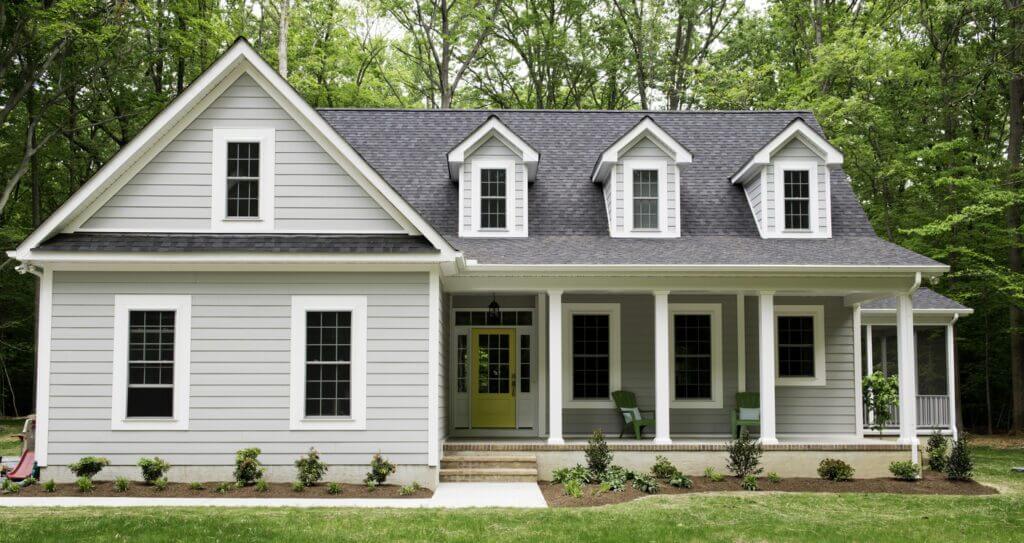
One of the biggest questions homeowners ask is: “What will this really cost me?” While no two roofs are the same, understanding the average cost of a roof replacement in Metro Atlanta can help you prepare and plan more confidently.
Disclaimer: The figures below are rough roof replacement estimates based on average market rates in Metro Atlanta. Your actual cost may vary based on multiple factors, including roof size, material type, pitch/slope, complexity, and current damage. For an accurate quote tailored to your home, we always recommend scheduling a free on-site assessment with Mr. Roofer.
Average Cost Range
Here’s a quick summary table to show the average cost range based on roof size:
Roof Size (Sq Ft) | Material Type | Estimated Cost Range |
1,000 | Architectural Shingles | $4,500 – $7,000 |
1,500 | Architectural Shingles | $6,750 – $10,500 |
1,000 | Synthetic Roofing | $7,500 – $12,000+ |
1,000 | Cedar Shake | $10,000 – $15,000+ |
(Example Breakdown: How Much Does It Cost to Replace 1,000 Sq Ft of Roof?)
For a standard architectural shingle roof:
- 1,000 sq ft roof:
- Low end: $4,500 – $5,500
- Mid-range: $5,500 – $7,000
- High end: $7,500+ (premium materials or complex layouts)
These ranges typically include full tear-off, disposal, new underlayment, shingles, flashing, ridge vents, labor, and cleanup.
Keep in mind: Atlanta’s weather patterns (heat, rain, humidity) make proper installation and material quality especially important. Cheap work now can lead to expensive repairs later.
Add-on Cost Factors
Certain home features or underlying issues can add to your final roofing replacement estimate. These aren’t always obvious until the roof is inspected, but they’re important to consider.
Chimneys, Skylights, and Dead Valleys
Any architectural element that breaks the roofline, like chimneys or skylights, requires custom flashing and additional labor. “Dead valleys,” where water naturally collects, may require extra waterproofing to avoid future leaks.
Steep Slopes or Multi-Level Homes
Roofs with steep pitches are more dangerous and labor-intensive to work on. Multi-story homes also increase complexity due to additional setup, safety measures, and material transport.
Rotten Decking or Structural Repairs
If we discover soft spots, sagging, or water-damaged decking during tear-off, repairs will be necessary before we can safely install new roofing. While this adds cost, it also ensures long-term safety and performance.
Transparency in Pricing: Why Mr. Roofer Provides Detailed Estimates With Photos
We understand that a roof replacement is a major investment, and we believe in full transparency. That’s why every estimate from Mr. Roofer includes:
- A line-by-line breakdown of all costs
- Detailed photos of current issues
- Clear explanations of recommended materials and labor
- No hidden fees ever
We don’t believe in pressure sales tactics or inflated pricing. We’ll walk you through the roof replacement estimate step by step, so you feel confident in every dollar you spend.
Estimate Roof Replacement Cost Like a Pro
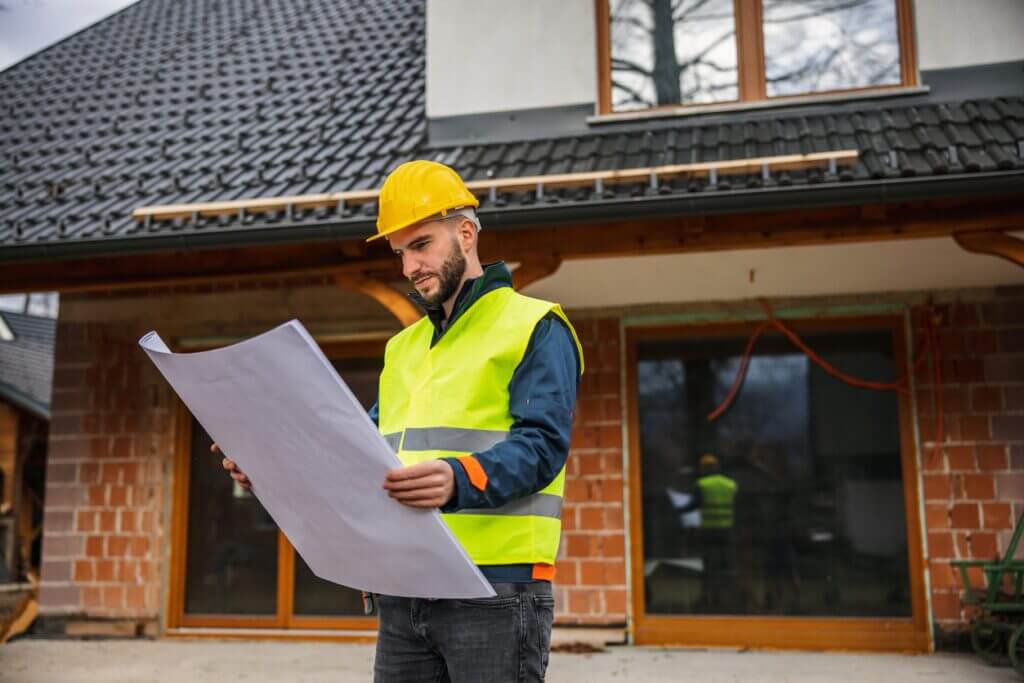
Online calculators and ballpark roofing replacement estimates can give you a rough idea, but when it comes to your home, guesswork can cost you. Understanding how roof costs are truly calculated and where DIY estimates often go wrong can help you avoid budget surprises and make smarter decisions.
Tools Like a Roof Repair Cost Estimator—What They Can Miss
Online roof cost estimators are everywhere, and while they can give you a quick starting point, they’re often based on national averages and generic assumptions.
Here’s what these tools typically don’t account for:
- Unique architectural features (chimneys, dormers, skylights)
- Atlanta-specific labor and material rates
- Storm damage or existing leaks
- Local building codes and permit fees
They also can’t spot hidden issues, like soft decking or improper ventilation, that could drastically impact cost once a project begins. These tools are helpful, but they’re no substitute for a trained eye on-site.
Square Footage vs. Pitch vs. Complexity: Why DIY Estimates Often Fall Short
It’s tempting to do the math yourself: multiply square footage by cost per square foot and call it a day. But roofing is rarely that simple.
Other critical factors include:
- Pitch: Steep roofs cost more to work on due to safety precautions and labor intensity.
- Complexity: Valleys, gables, and intersecting rooflines add time and materials.
- Accessibility: Multi-story homes or tight spaces can increase setup and clean-up costs.
Even with a tape measure and calculator, DIY roof replacement estimates often miss these hidden variables, and that’s where budgets go off track.
Why Professional Inspections Offer More Accuracy and Fewer Financial Surprises
At Mr. Roofer, we don’t believe in guesswork. Our professional, in-person inspections are designed to uncover what you and online tools can’t see:
- Moisture under shingles
- Rotten or soft decking
- Improper flashing or ventilation
- Code violations or outdated materials
We provide detailed written roof replacement estimates, complete with photos and explanations, so you know exactly what’s being recommended and why. Our goal is to eliminate surprises and build trust before a single shingle is removed.
Make a Confident, Informed Roofing Decision—With a Partner You Can Trust
Replacing your roof is more than just a financial decision. It’s about protecting your home, your family, and your peace of mind. In a market flooded with high-pressure sales and confusing estimates, Mr. Roofer stands apart by putting honesty and education first.
We believe Atlanta homeowners deserve to know exactly what they’re paying for, whether it’s a small repair or a full roof replacement. That’s why we take the time to inspect thoroughly, explain clearly, and recommend only what your home truly needs, nothing more.
From helping you weigh repair vs. replacement, to walking you through materials, costs, and warranties, we’re here to guide you every step of the way.
Don’t let roofing uncertainty keep you up at night. Get the clarity and care you deserve. Contact us to schedule your free, no-obligation roof assessment with Mr. Roofer today, and let’s protect what matters most.
